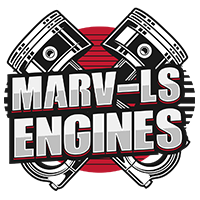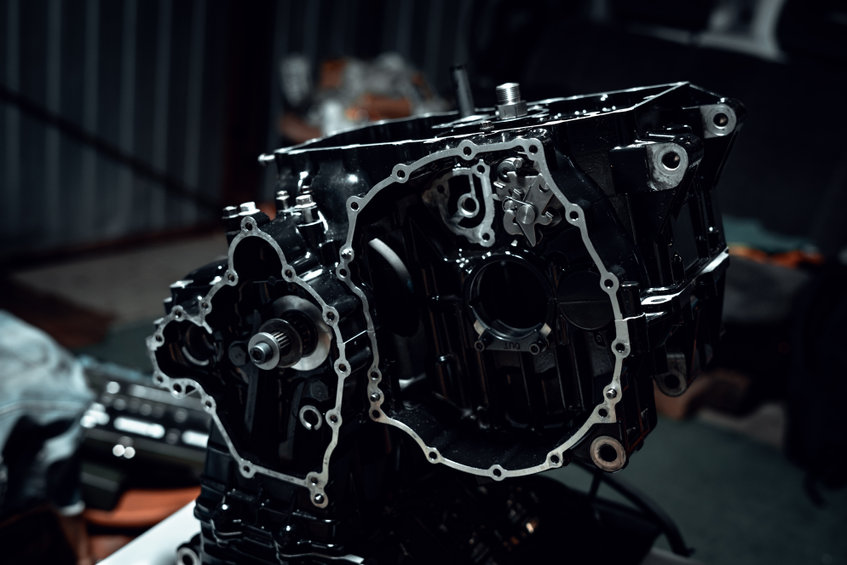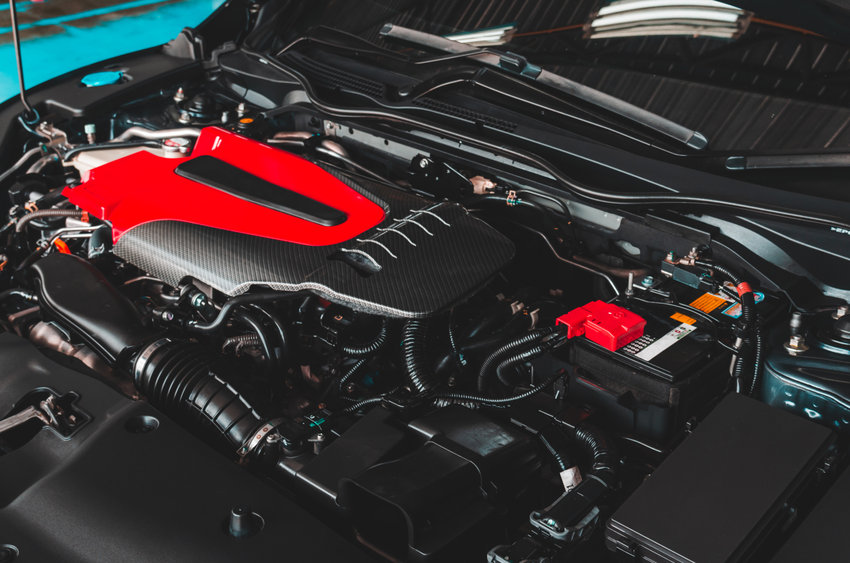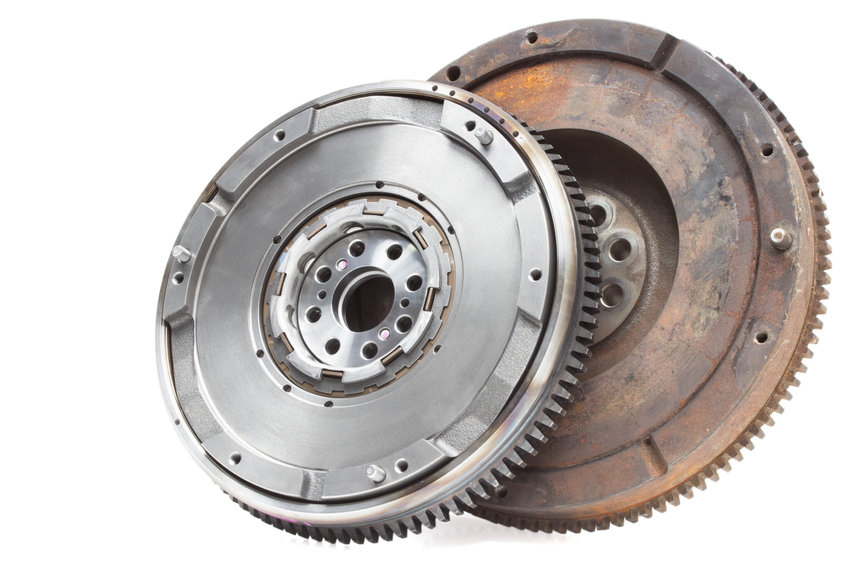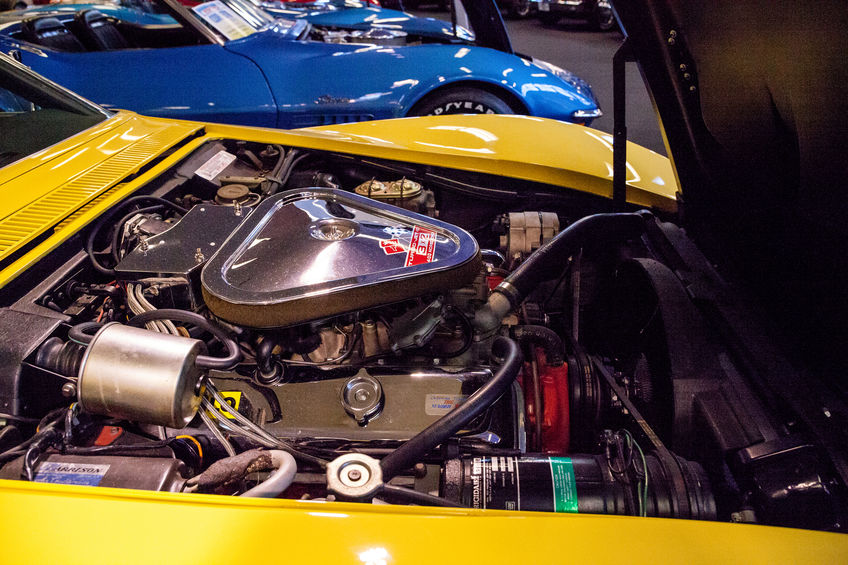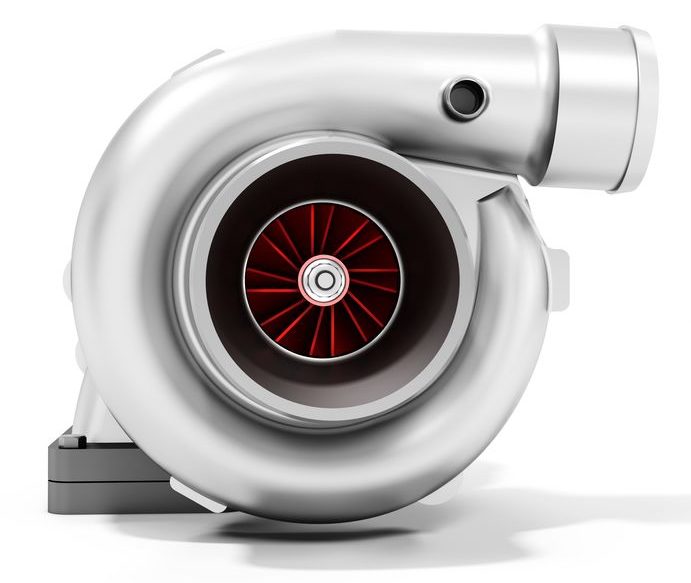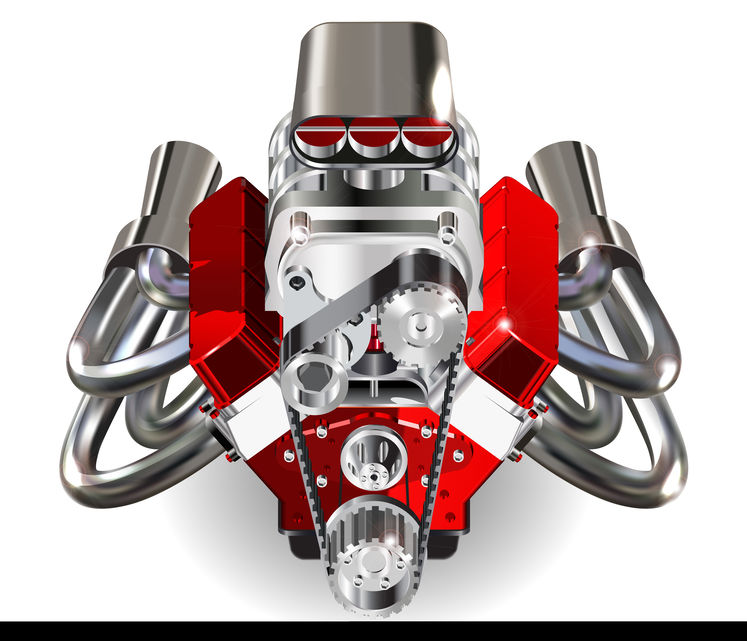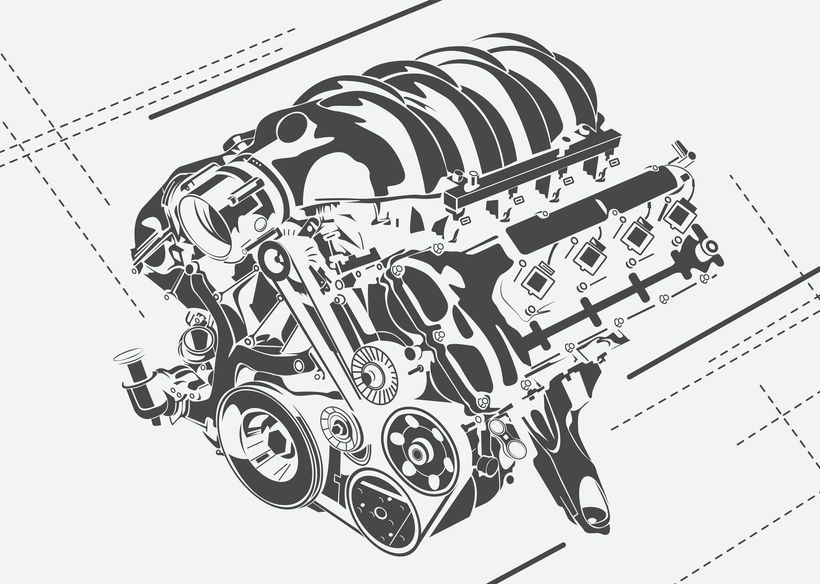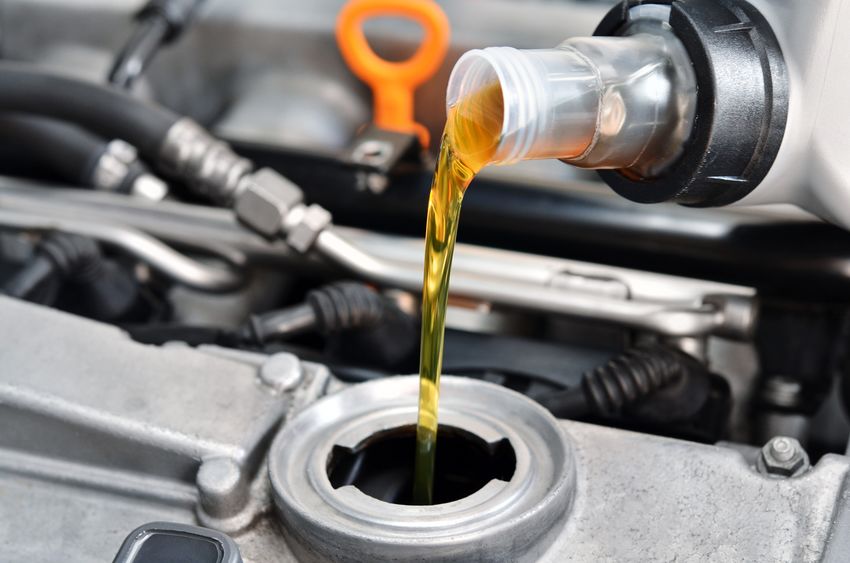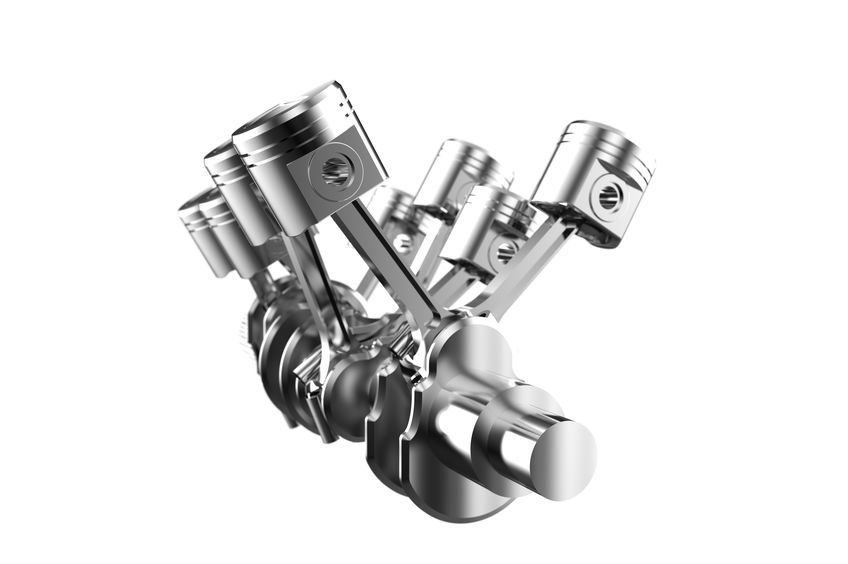How Long Will A Rebuilt Engine Last?
When you are faced with a major engine problem, you always have the option to replace it, rebuild it, or just buy a new vehicle. But, what if you chose to rebuild your engine? The next thing you will be thinking about is how long the engine will last after the rebuild. You probably would … Read more
